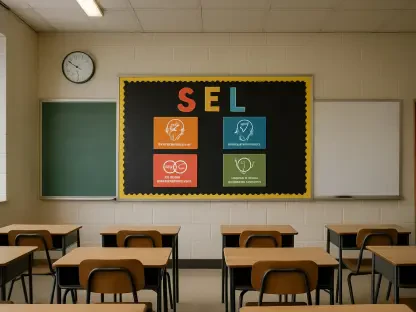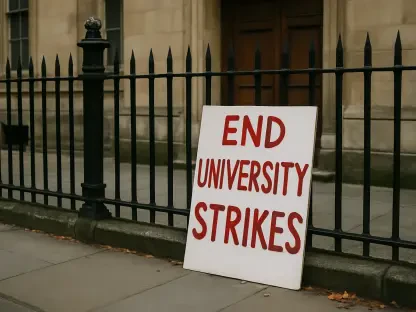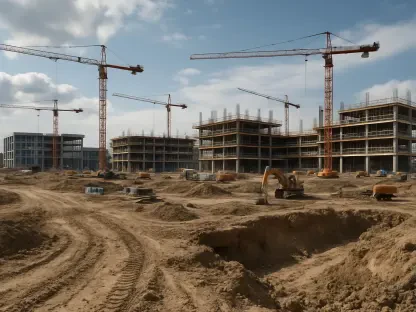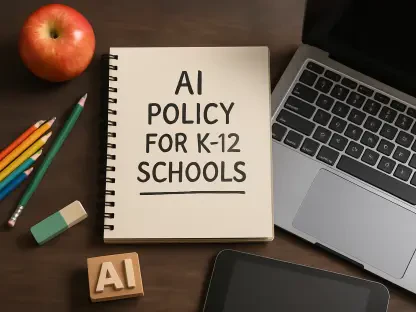In recent years, Colorado educational institutions have witnessed an unsettling increase in violence against educators, prompting urgent calls for systemic change. This issue, which has captured the attention of parents, policymakers, and educators alike, presents a complex challenge requiring comprehensive solutions. The prevalence of violence in schools not only jeopardizes the safety of educators but also hampers the educational environment for students across the state. As such, understanding and addressing the various facets of this crisis has become a priority for ensuring the well-being of school communities.
The Rising Tide of Violence Against Educators
Understanding the Scope of the Problem
The incidence of violence against educators in Colorado has raised significant concerns, with reports indicating that such assaults are far from rare occurrences. This unsettling reality underscores the systemic nature of the problem, which extends beyond isolated incidents to reveal a pervasive issue within many school districts. Educators, tasked with shaping the minds of future generations, find themselves increasingly vulnerable to physical and emotional harm, creating an environment that detracts from their primary role as facilitators of learning.
Teachers and other school staff have reported an alarming frequency of violent incidents, ranging from minor altercations to severe physical assaults. Many educators describe environments where the threat of violence is a daily hindrance, impacting their ability to perform their duties effectively. Despite mandatory reporting laws in Colorado, numerous cases remain unreported due to a reluctance to involve law enforcement or damage a school’s reputation. This underreporting contributes to a skewed perspective that often underestimates the true extent of the issue.
Consequences of an Unsafe Educational Environment
The impact of violence against educators echoes far beyond the immediate physical injuries. Emotional trauma and a sense of abandonment by their institutions are common among staff who find themselves without adequate support following incidents. The expectation for teachers to promptly return to their duties without receiving appropriate care or time to recover exacerbates these feelings of vulnerability. Moreover, the lack of accessible counseling services and peer support networks compels educators to manage their distress alone, fostering a climate of isolation and fear within school settings.
This environment not only affects educators but also students who rely on them for guidance and stability. The presence of violence disrupts the educational process, diminishing the quality of instruction and potentially affecting students’ academic performance and well-being. Witnessing or being aware of violent incidents can instill fear and anxiety in students, who may question their own safety within the school premises. Consequently, the persistence of such conditions necessitates comprehensive reform to protect both educators and students alike.
Navigating the Complexities of the Crisis
Challenging the Status Quo: Reform and Response
Efforts to address the violence faced by educators must consider the intricate nature of these incidents, often involving students dealing with significant personal challenges. Many perpetrators of school-based violence are young individuals grappling with mental health issues, difficult home environments, or other pressures that exacerbate aggressive behavior. Therefore, strategies aimed at curbing violence must balance assisting these students while upholding a secure environment for all educational stakeholders.
Initiatives such as the Colorado Educator Safety Task Force aim to shed light on this issue by gathering data, fostering dialogue, and developing targeted recommendations for reform. These efforts highlight the urgency of establishing effective response systems that prioritize the safety of educators and students by involving community resources and mental health professionals in creating supportive environments. Addressing gaps in current protocols, including reinforcing reporting mechanisms and enhancing support post-incident, remains a critical component of this approach.
Shifting Cultural Attitudes and Perceptions
A transformative aspect of overcoming violence in schools involves shifting cultural attitudes towards the issue, drawing parallels with efforts to combat drunk driving through broad societal campaigns. Public awareness initiatives are crucial in redefining societal norms concerning violence against educators, elevating it as an unacceptable act that warrants serious consequences. Cultivating bipartisan support for policies addressing school violence can pave the way for improved legislative frameworks and resource allocation toward preventive measures.
Public service announcements, educational campaigns, and media involvement play essential roles in fostering community understanding and engagement. Promoting narratives that underscore the value and respect owed to educators can encourage wider societal involvement in cultivating a safer school atmosphere. By elevating the discourse surrounding school violence, society can move toward fostering environments that prioritize safety as a fundamental right for all educational participants.
Paving the Path Forward for Educational Safety
Legislative and Community Efforts for Change
For genuine reform to occur, legislative measures that robustly protect the rights of educators must be put into place. This includes treating assaults on school staff with the same gravity as those committed off-campus, ensuring accountability for actions. Policymakers are encouraged to collaborate with educators and child advocates in drafting and implementing laws that facilitate safe learning spaces. Prioritizing funding for mental health resources within schools can also prove instrumental in preemptive intervention and support.
Community involvement must complement these efforts, with parents, students, and local organizations uniting to uphold educator safety as a pivotal concern. Grassroots initiatives advocating for policy changes and preventative programs are invaluable in sustaining momentum and progress. Offering feedback to local representatives and supporting legislative actions focused on enhancing school safety can amplify community voices, motivating continued attention to the issue.
Envisioning a Safer Educational Future
In recent times, educational institutions in Colorado have experienced a troubling rise in violence directed at teachers, sparking an urgent demand for systemic reform. This alarming trend has caught the attention of not only parents but also policymakers and educators, highlighting a complex issue that calls for well-rounded solutions. The growing violence within school environments endangers educators’ safety and disrupts the overall educational experience for students throughout the state. Thus, it has become essential to dissect and address the multifaceted aspects of this crisis to safeguard the well-being of school communities.
The upsurge in violence has various root causes and repercussions. Several factors, such as societal stress, lack of adequate resources, and growing behavioral issues among students, contribute significantly to this crisis. Addressing the problem requires a united effort involving stronger policy enforcement, enhanced mental health support for students, and better training for educators to manage conflicts effectively. Moreover, community engagement and parental involvement are crucial to cultivate a safer and more supportive educational atmosphere. Schools need to become places where both educators and students feel secure and respected, promoting a climate conducive to learning and personal development. Only through collective action can we ensure that Colorado’s educational institutions transform into safe havens where learning thrives, free from the threat of violence.









